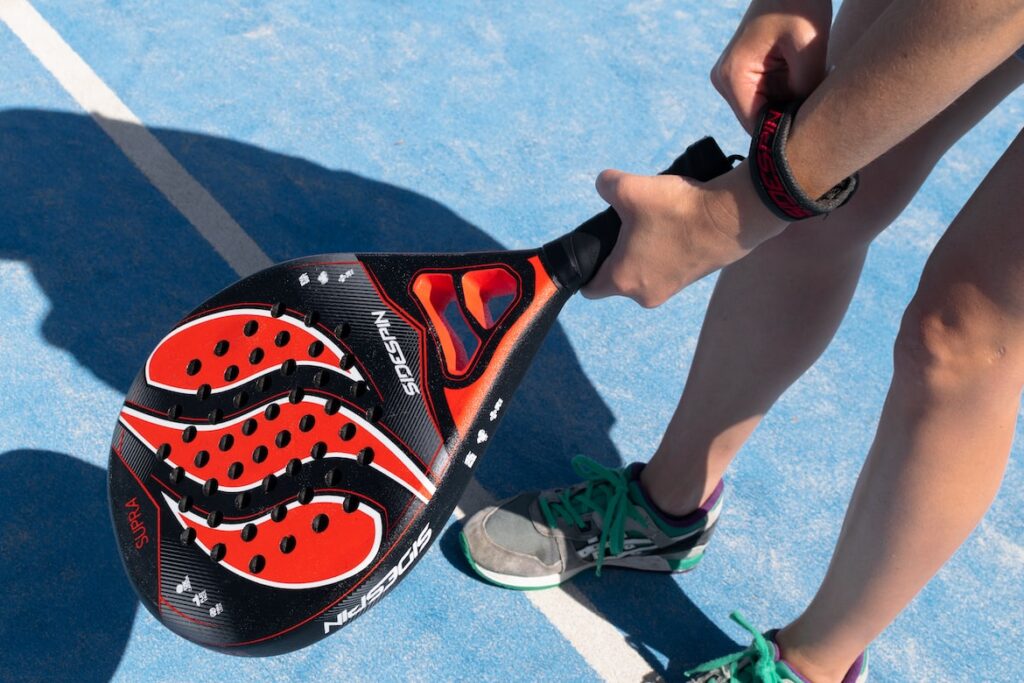Padel Terminology Explained
3 min read
Padel Terminology Explained: A Beginner’s Guide
Padel, also known as paddle tennis, is one of the fastest-growing sports in the world. It’s easy to see why! This fun and fast-paced game combines aspects of tennis and squash, and can be played by people of all ages and skill levels. However, if you’re new to padel, some of the terminology might be a bit confusing. Here’s a breakdown of some of the most common terms you’ll come across when playing padel.
The Court
The court is the playing surface where the game takes place. It’s smaller than a tennis court, measuring 20 meters long by 10 meters wide. The court is also surrounded by walls, which adds an extra dimension to the game. Here are some key terms related to the court:
– Baseline: The line at the back of the court, which marks the start of each point.
– Service line: The line that runs parallel to the net and marks the point where the serve must be struck.
– Volley: A shot that is struck before the ball bounces on the ground.
– Smash: A shot that is hit with a lot of power and aims to ‘smash’ the ball downwards, usually from a high position.
The Equipment
One of the great things about padel is that you don’t need much equipment to get started. Here are some key terms related to the equipment you’ll need:
– Padel racket: A smaller and lighter version of a tennis racket, used to hit the ball.
– Padel ball: A low-bounce ball that is specifically designed for padel.
– Grip: The handle of the racket, which players hold onto when playing.
– Footwear: As with any sport, good footwear is important in padel. Look for shoes that are designed for court sports to provide the right amount of support and traction.
The Scoring
The scoring system in padel is similar to tennis, but with a few key differences. Here are some terms related to scoring:
– Point: The basic unit of scoring in padel.
– Game: A set of points that ends when one player or team reaches four points and is ahead by at least two points.
– Set: A set is made up of several games, and usually the first player or team to win two or three sets wins the match.
– Advantage: If a game is tied at 3-3, the next point is known as an ‘advantage point’. If the player or team with the advantage wins the point, they win the game. If they lose the point, the game goes back to deuce (tied at 3-3).
The Tactics
Like any sport, padel has its own set of tactics and strategies. Here are some key terms related to tactics:
– Lob: A high, defensive shot that is aimed over your opponent’s head.
– Drop shot: A soft shot that is hit just over the net and lands close to the net on your opponent’s side of the court.
– Serve-and-volley: A tactic where the server charges to the net after hitting the serve, in an attempt to win the point with a volley.
– Cross-court shot: A shot that is hit diagonally across the court.
Hopefully, this article has helped to demystify some of the terminology used in padel. Whether you’re a seasoned player or a complete beginner, it’s always good to know the language of the game. So grab your racket, hit the court, and start putting these terms into practice!






